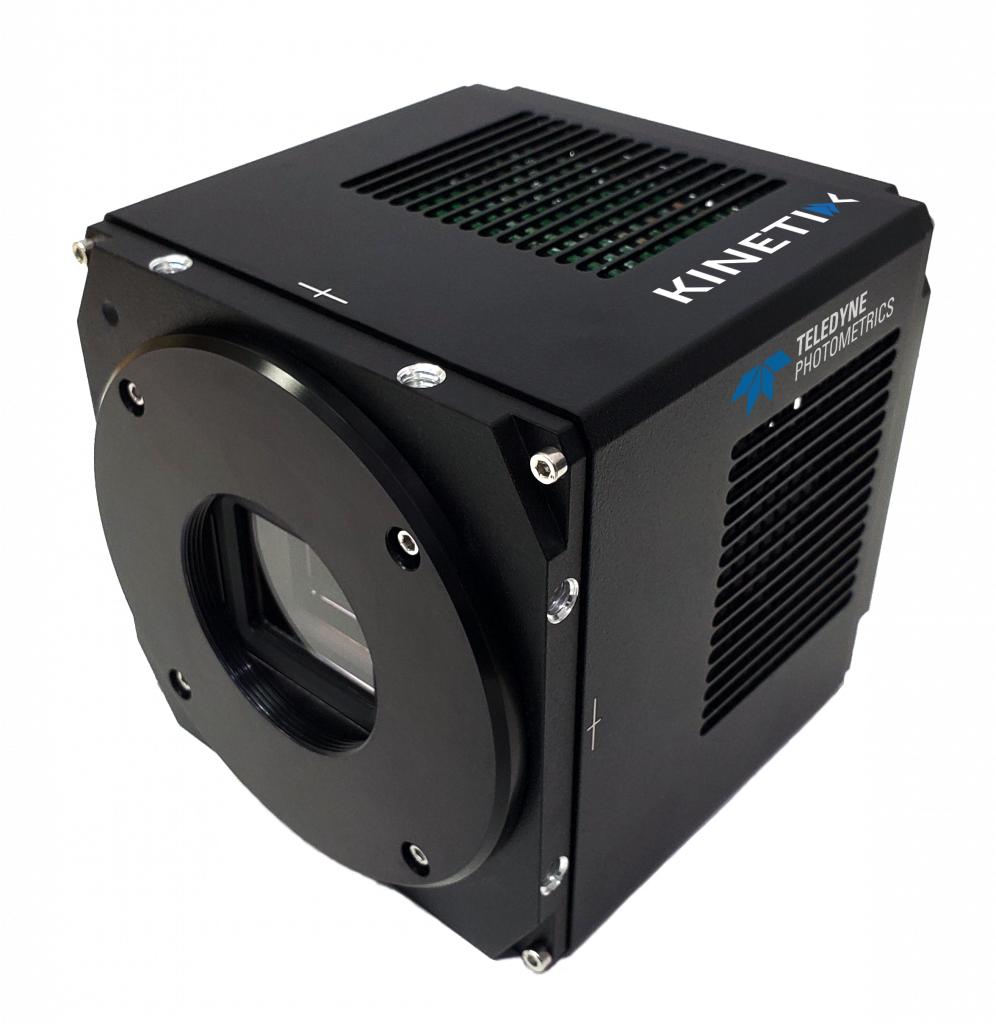Dr Aleks Ponjavic
School of Physics & Astronomy/Food Science and Nutrition, University of Leeds, UK
Background
The lab of Dr. Aleks Ponjavic develops fluorescence microscopy techniques in order to study live-cell samples, including particularly mechanically delicate and photosensitive samples such as T cells. These live samples undergo complex processes and require high-speed imaging, sensitivity, and nanoscale resolution in order to determine the behavior of individual proteins within the cells.
To this end, Dr. Ponjavic uses a single-objective oblique-plane (OPM) light sheet imaging system that is tuned for high-speed single-molecule imaging of live T cells at the nanoscale using two different experimental methods, as explained, “There are two methods for this project, one is to just image single molecules as quickly as possible with the goal of approaching live localization microscopy, and the second is to do high-sensitivity flow cytometry, flowing cells through a light sheet and then quantifying receptors on these cells, also as quickly as possible.”
This results in a high-throughput imaging system that images T cells, intracellular proteins, and cell-cell calcium signaling at the nanoscale, making use of super-resolution probes such as the spontaneously photo-switching fluorophores.

Challenge
The highly sensitive nature of the sample and the complex design of the imaging system bring a number of challenges.
Firstly, T cells are very sensitive and undergo unpredictable changes when adhered to a surface, requiring the preparation of gels in order to embed the cells in suspension. This in turn cuts down on movement so that samples can be more easily located and imaged. These cells are also very sensitive to light, requiring the characteristic low light dose of light-sheet and a highly sensitive detector.
Secondly, the system needs to operate at very high speeds while retaining sensitivity. Dr. Ponjavic discussed a previous camera solution for this system, “We have an intensified high-speed camera but there are issues with intensifiers such as aberrations and low quantum yield, I wanted a more robust setup that was more sensitive at high speeds.” A camera that can operate at very high speeds with a high quantum efficiency (QE) and low noise levels is therefore required.
Lastly, this super-resolution single-molecule localization light sheet system requires a flexible camera solution, due to the galvo-based OPM descanning of the light sheet through the gel, the need for high-speed imaging, the large number of frames needed for the desired nanoscale resolution, the low signal levels, and more.
I wanted high speed imaging without compromising on sensitivity, and [the Kinetix] does that.
Solution
The Kinetix sCMOS is an ideal solution for this imaging system, with a unique combination of 95% peak QE, sub-electron read noise levels, and extremely high speeds. With both speed and sensitivity available, there is no longer a need to compromise.
This combination of factors allows the Kinetix to be highly flexible, able to image at high speeds with low noise levels over a large field of view, well-suited to dynamic live samples, and rapid techniques such as flow cytometry. Dr. Ponjavic told us about his experience with the Kinetix, “All I wanted was high speed without making a compromise on sensitivity, and this was it.”

